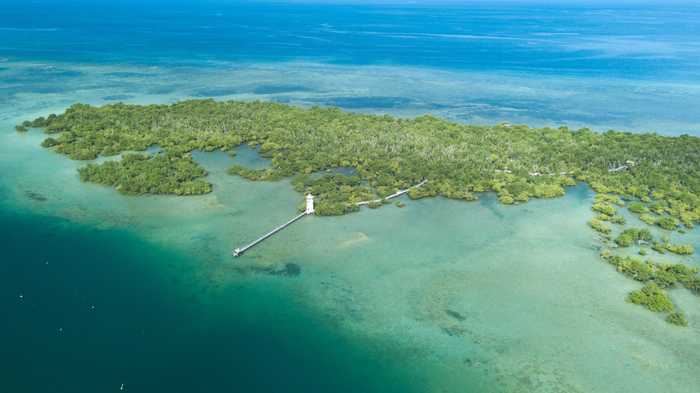
Global biodiversity loss is inextricably linked to climate change. Under all emission scenarios, the Intergovernmental Panel on Climate Change’s (IPCC) Sixth Assessment Report finds that global surface temperature will continue increasing until at least mid-century, with warming of 1.5–2°C exceeded during this century and climate impacts threatening species and their habitats, unless there is a rapid and significant reduction […]
Global biodiversity loss is inextricably linked to climate change. Under all emission scenarios, the Intergovernmental Panel on Climate Change’s (IPCC) Sixth Assessment Report finds that global surface temperature will continue increasing until at least mid-century, with warming of 1.5–2°C exceeded during this century and climate impacts threatening species and their habitats, unless there is a rapid and significant reduction in greenhouse gas (GHG) emissions.
Transformative change is urgently needed if we are to combat both biodiversity loss and the climate crisis. The time to act is now.
Investing in protected and conserved areas is investing in our future
Investing in effective protected and conserved areas is an essential tool for achieving the protection of nature, through biodiversity conservation and climate change mitigation. In our Creating a Nature-Positive Future report we present a path to enhance protected and conserved areas coverage and quality to secure global nature, with multiple co-benefits for people.
The report builds on the findings of the Protected Planet Report 2020, summarising progress towards the Convention on Biological Diversity’s (CBD) 2020 Aichi Biodiversity Target 11. Currently, protected areas and other effective area-based conservation measures (OECMs), also known as protected and conserved areas, cover 16.79% of non-Antarctic land and 8.0% of the ocean, with 43.7% of terrestrial ecoregions and 47.4% of marine ecoregions having some level of coverage. Protected and conserved areas provide essential protection of Key Biodiversity Areas and Ecologically or Biologically Significant Marine Areas, with 43.3% and 8.3% global coverage respectively.